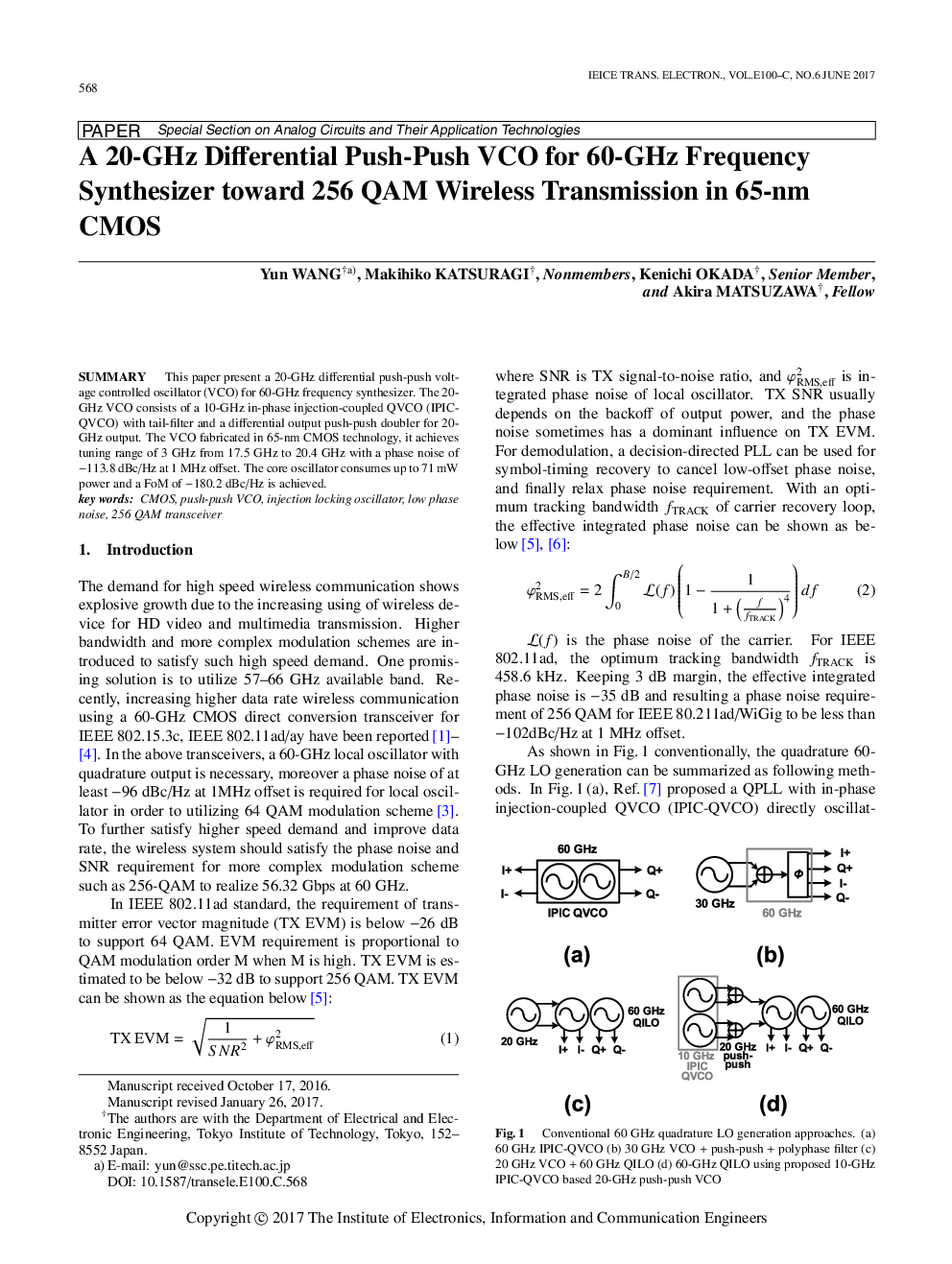| کد مقاله | کد نشریه | سال انتشار | مقاله انگلیسی | نسخه تمام متن |
|---|---|---|---|---|
| 5753157 | 1620315 | 2017 | 8 صفحه PDF | دانلود رایگان |
عنوان انگلیسی مقاله ISI
Significant impacts of heterogeneous reactions on the chemical composition and mixing state of dust particles: A case study during dust events over northern China
ترجمه فارسی عنوان
تاثیرات قابل توجه واکنش های ناهمگونی بر ترکیب شیمیایی و حالت مخلوط شدن ذرات گرد و غبار: مطالعه موردی در حوادث گرد و غبار در شمال چین
دانلود مقاله + سفارش ترجمه
دانلود مقاله ISI انگلیسی
رایگان برای ایرانیان
کلمات کلیدی
اسپری های گرد و غبار، آلاینده های انسانی، واکنش ناهمگن، مخلوط کردن دولت،
موضوعات مرتبط
مهندسی و علوم پایه
علوم زمین و سیارات
علم هواشناسی
چکیده انگلیسی
The impact of heterogeneous reactions on the chemical components and mixing state of dust particles are investigated by observations and an air quality model over northern China between March 27, 2015 and April 2, 2015. Synergetic observations were conducted using a polarization optical particle counter (POPC), a depolarized two-wavelength Lidar and filter samples in Beijing. During this period, dust plume passed through Beijing on March 28, and flew back on March 29 because of synoptic weather changes. Mineral dust mixed with anthropogenic pollutants was simulated using the Nested Air Quality Prediction Modeling System (NAQPMS) to examine the role of heterogeneous processes on the dust. A comparison of observations shows that the NAQPMS successfully reproduces the time series of the vertical profile, particulate matter concentration, and chemical components of fine mode (diameter â¤Â 2.5 μm) and coarse mode (2.5 μm < diameter â¤Â 10 μm) particles. After considering the heterogeneous reactions, the simulated nitrate, ammonium, and sulfate are in better agreement with the observed values during this period. The modeling results with observations show that heterogeneous reactions are the major mechanisms producing nitrate reaching 19 μg/m3, and sulfate reaching 7 μg/m3, on coarse mode dust particles, which were almost 100% of the coarse mode nitrate and sulfate. The heterogeneous reactions are also important for fine mode secondary aerosols, for producing 17% of nitrate and 11% of sulfate on fine mode dust particles, with maximum mass concentrations of 6 μg/m3 and 4 μg/m3. In contrast, due to uptake of acid gases (e.g. HNO3 and SO2) by dust particles, the fine mode anthropogenic ammonium nitrate and ammonium sulfate decreased. As a result, the total fine mode nitrate decreased with a maximum of 14 μg/m3, while the total fine mode sulfate increased with a maximum of 2 μg/m3. Because of heterogeneous reactions, 15% of fine mode secondary inorganic aerosols and the entire coarse mode nitrate and sulfate were internally mixed with dust particles. The significant alterations of the chemical composition and mixing state of particles due to heterogeneous reactions are important for the direct and indirect climate effects of dust and anthropogenic aerosols.
ناشر
Database: Elsevier - ScienceDirect (ساینس دایرکت)
Journal: Atmospheric Environment - Volume 159, June 2017, Pages 83-91
Journal: Atmospheric Environment - Volume 159, June 2017, Pages 83-91
نویسندگان
Zhe Wang, Xiaole Pan, Itsushi Uno, Jie Li, Zifa Wang, Xueshun Chen, Pingqing Fu, Ting Yang, Hiroshi Kobayashi, Atsushi Shimizu, Nobuo Sugimoto, Shigekazu Yamamoto,
